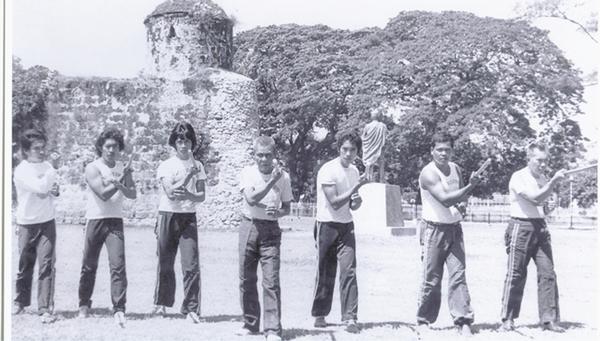Popularizing Arnis
Joeseph M Velasquez in Tips and Advices
Jun 05, 2020 • 2 min Read
Have you seen Bruce Lee in any of his films? Do you know that aside from wielding nunchucks, he plays escrima as well? Escrima is also known as kali or arnis; the terms are interchangeable, but Filipinos seem to be more familiar with arnis. Wiki describes it as a “weapon-based fighting” that uses sticks, blades, and open-hand techniques. Republic Act 9850 signed by former President Gloria Macapagal-Arroyo on December 11, 2009 declared arnis as the Philippines’ national martial art and sport.
Arnis has been with us even before the Spaniards “discovered” the Philippines. In the Battle of Mactan where Lapu-Lapu supposedly killed Magellan, historians argue that arnis was vital in the natives’ defense against the Spanish invaders. Another notable use of arnis was during the Second World War where the 1st Filipino Infantry Regiment — most popularly known as the Bolo Battalion — subdued Japanese headquarters with bolos, limited ammunition, and arnis knowledge. Arnis is a very effective form of self-defense. Practicing this art helps in preserving our cultural identity as Filipinos.

Arnis has gained traction around the world. Foreigners actually travel to the Philippines to find a master to teach them this indigenous martial art. In the show Fight Quest, two Americans travelled to the Philippines to learn the art. The hosts admitted that arnis is one of the most difficult martial art forms, yet the most effective, that they have ecountered. Arnis recently made a comeback in the 2019 Southeast Asia Games where Filipinos took home gold medals, followed by Myanmar, Cambodia and Viet Nam.
Practicing arnis or any martial art, in general, reduces stress. A study in 2016 titled “Cognitive Hardiness as Mediator in the Stress-reducing Effects of Martial Arts Practice” revealed that practicing martial arts has stress-reducing implications. Author Reinier Dave Zapanta, RPm, from the Lyceum of the Philippines, Cavite concluded that:
1. The length of martial arts practice shows a significant negative relationship with perceived stress.
2. The length of martial arts practice was also shown to have a significant positive relationship with cognitive hardiness.
3. Results suggest that martial arts practitioners tend to be hardy and possess qualities that do not always perceive certain situations as stressful.
Almost half of the respondents in the study practice arnis. Therefore, practicing arnis or any form of martial art can potentially lead to reduced stress levels.

Arnis is a part of the Philippine culture and is rightfully instituted as the nation’s national sport. It has historical roots and is gaining popularity around the world. Its positive implications on reducing stress levels are strongly endorsed. Arnis should be integrated in our lives as much as possible.




